Earth Day 2020: Reflections
Editor’s Note: Some of our GGBA staff and board have compiled their reflections on what Earth Day means to them and the actions we can collectively take to continue to protect the environment—and birds—we love.
Pam Young, Executive Director
I am very fortunate to be alive on another Earth Day, to take stock of our collective wellness, and recommit to foster actions that promote more biodiversity in every landscape, wetland, and seascape, big and little. My lodestar is native habitat. We need more of them. We need more clean air, more clean soil, and more clean water. From these actions, more habitat will follow, and healthy habitats that will help reduce the negative impacts of climate change.
Is Earth Day just a day on our calendar? Its meaning and value fraught with layers from politics, to religion, to economics, to no meaning whatsoever. Is Earth Day weighted down by sound bites and branding? Let’s take today to re-elevate Earth Day. Make today a real opportunity to celebrate the Earth, even if for a moment. Even if just to go birding.
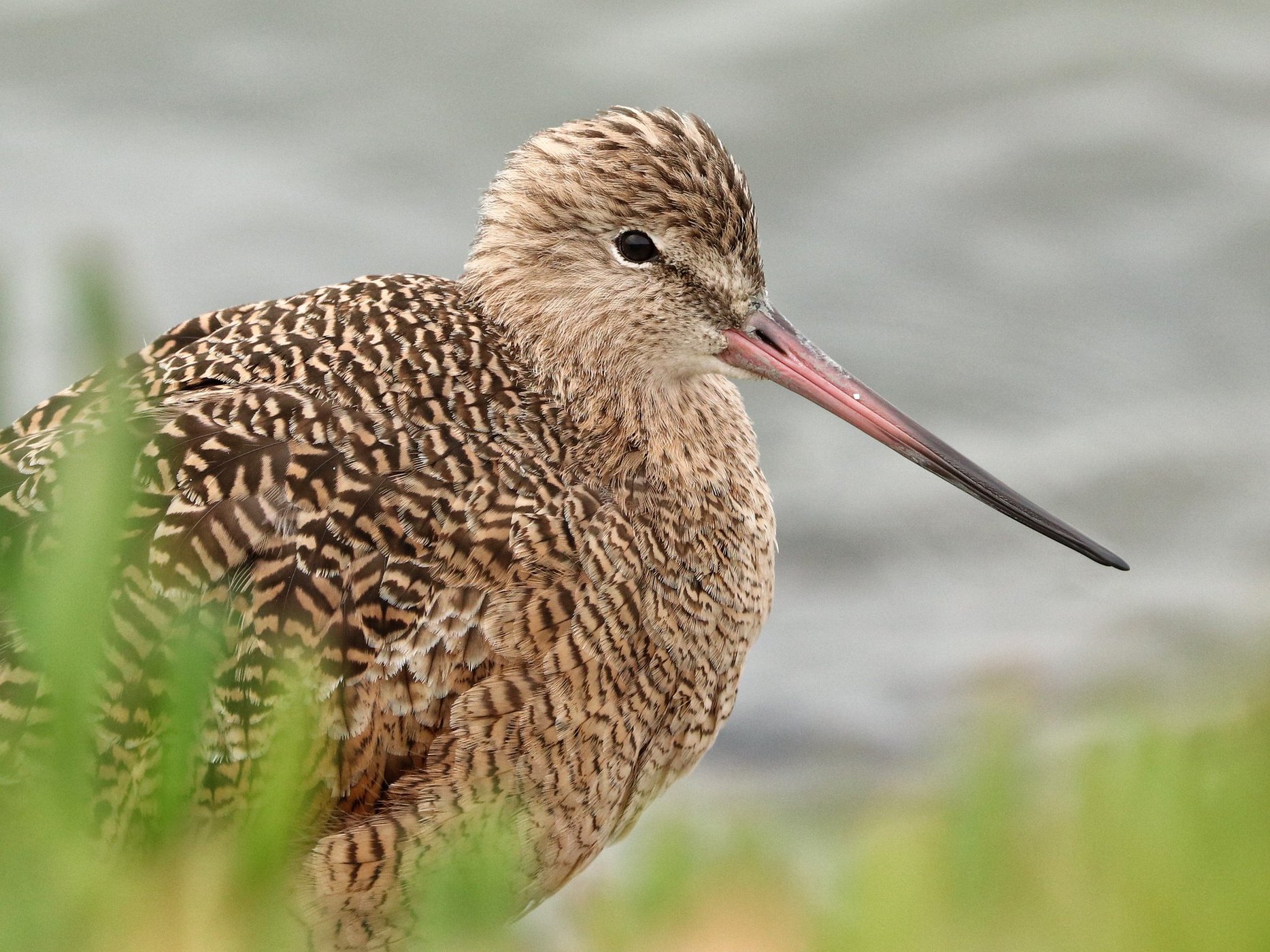 Marbled Godwit by Briton Parker
Marbled Godwit by Briton Parker
Let’s set aside that glaring reminder of the angst many of us share at what’s been plundered, abused, and killed by a thousand cuts.
Earth will prevail – with or without us.
From one of my favorite nature writers, Gary Lopez: “But for ….the keening of fifty species of birds, it is as quiet as the moon….you turn your cheek to the source of light and feel sheltered; you see amid the dwarf birch and dwarf willow at your feet speckled eggs cradled in birds’ nests. The grace so apparent in first life seems nowhere else so tender….”
I am in love with our Earth!
Melissa Ramos, Communications Manager
I still have a lot to learn about how to better care for our Earth. Today I am contemplating ways I can help our planet by taking actions such as reducing my plastic use and eating a predominately plant based diet. I am also reflecting on my own personal history. Like many Dominican-Americans, I too am descended from native Taino, Indigenous and African populations that once occupied the island of Hispanola (now the modern day Dominican Republic and Haiti). Although I am two generations removed from the Dominican Republic, I am more interested than ever in reclaiming my heritage. A large part of this is learning how Tainos loved and cherished the planet.…

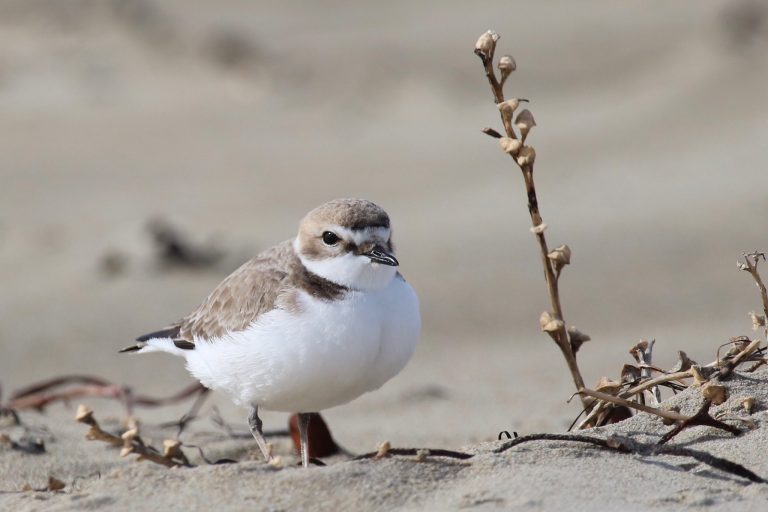

 The famous Apollo 17 image that John McConnell used for the Earth Day flag.
The famous Apollo 17 image that John McConnell used for the Earth Day flag.
 University of Michigan students put the 1959 Ford Sedan on trial. Image courtesy of University of Michigan.
University of Michigan students put the 1959 Ford Sedan on trial. Image courtesy of University of Michigan.
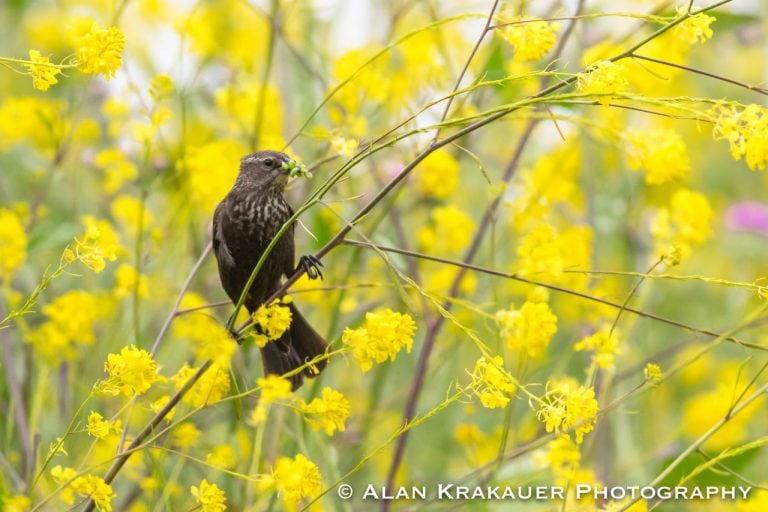
 California Swainson’s Thrush by Pam Young
California Swainson’s Thrush by Pam Young
 Black-headed Grosbeak by Mark Rauzon
Black-headed Grosbeak by Mark Rauzon
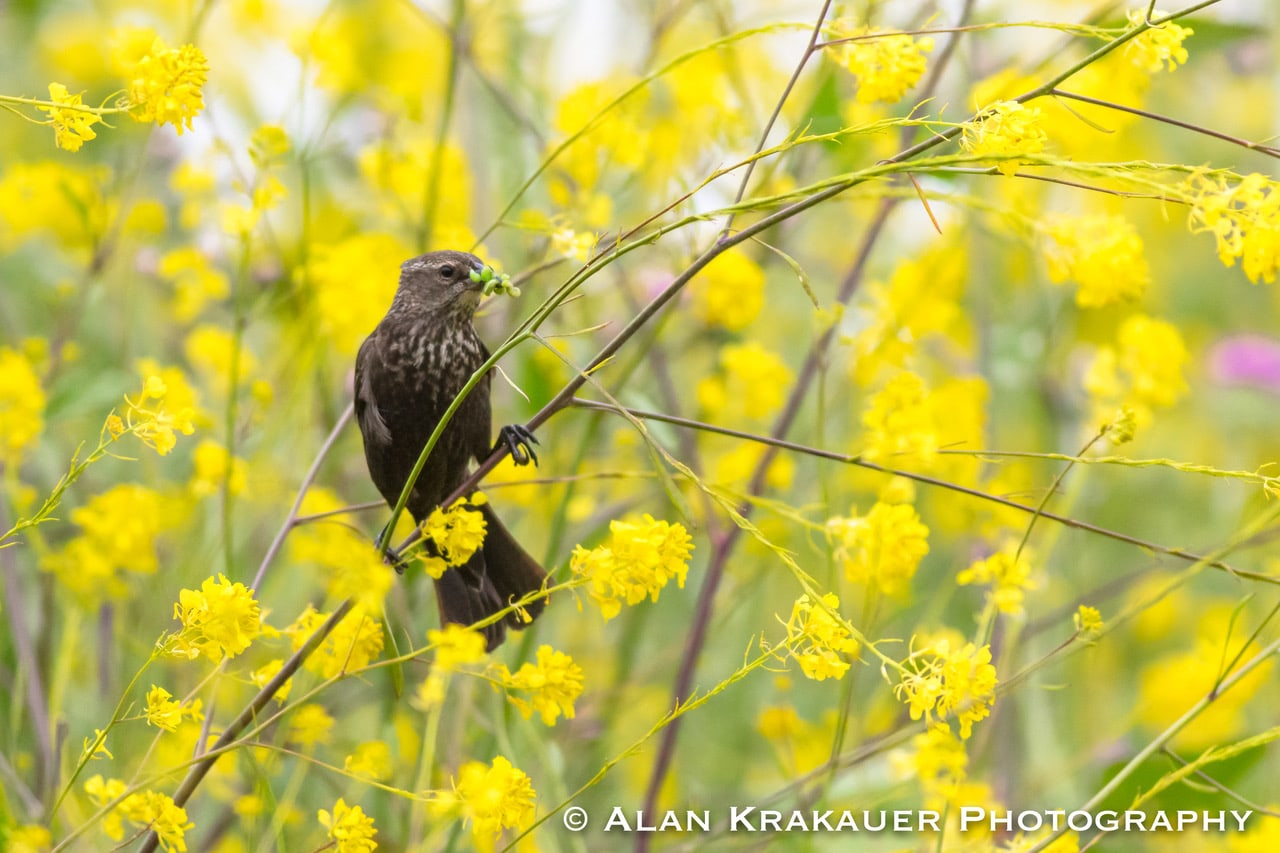 Female Red-winged Blackbird by Alan Kraukauer
Female Red-winged Blackbird by Alan Kraukauer
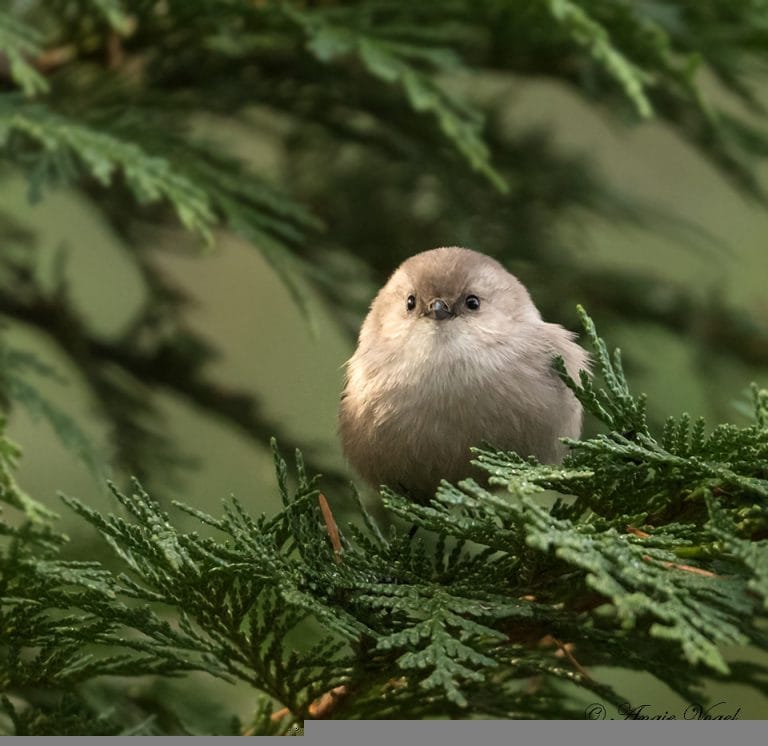
 California Towhee by John Sharpen
California Towhee by John Sharpen
 Bushtit by Angie Vogel
Bushtit by Angie Vogel
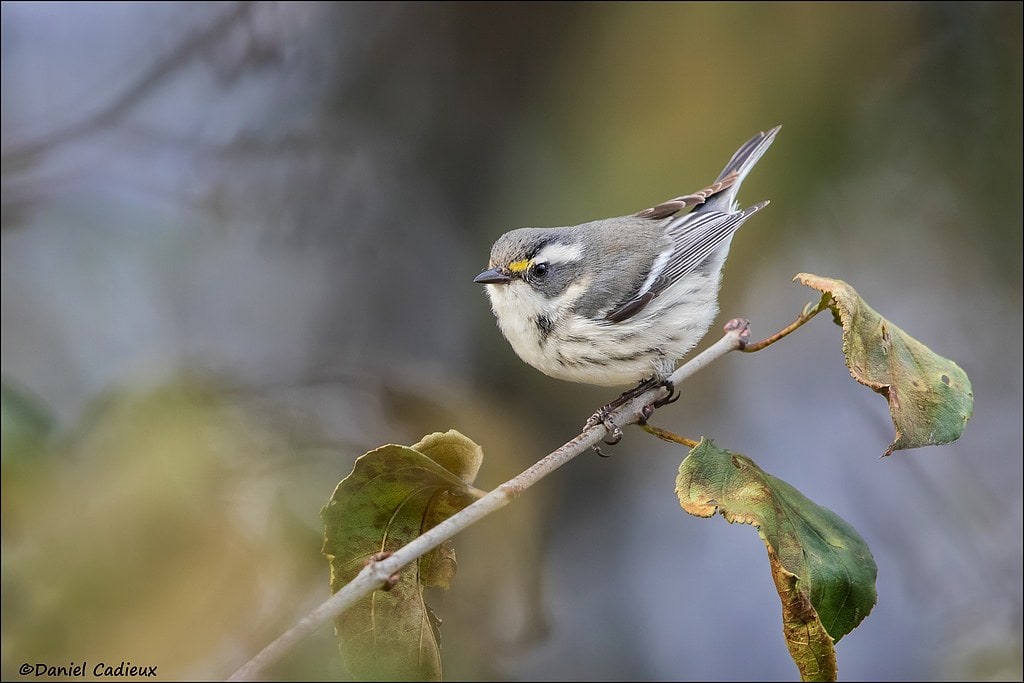 Black-throated Gray Warbler by Daniel Cadieux
Black-throated Gray Warbler by Daniel Cadieux
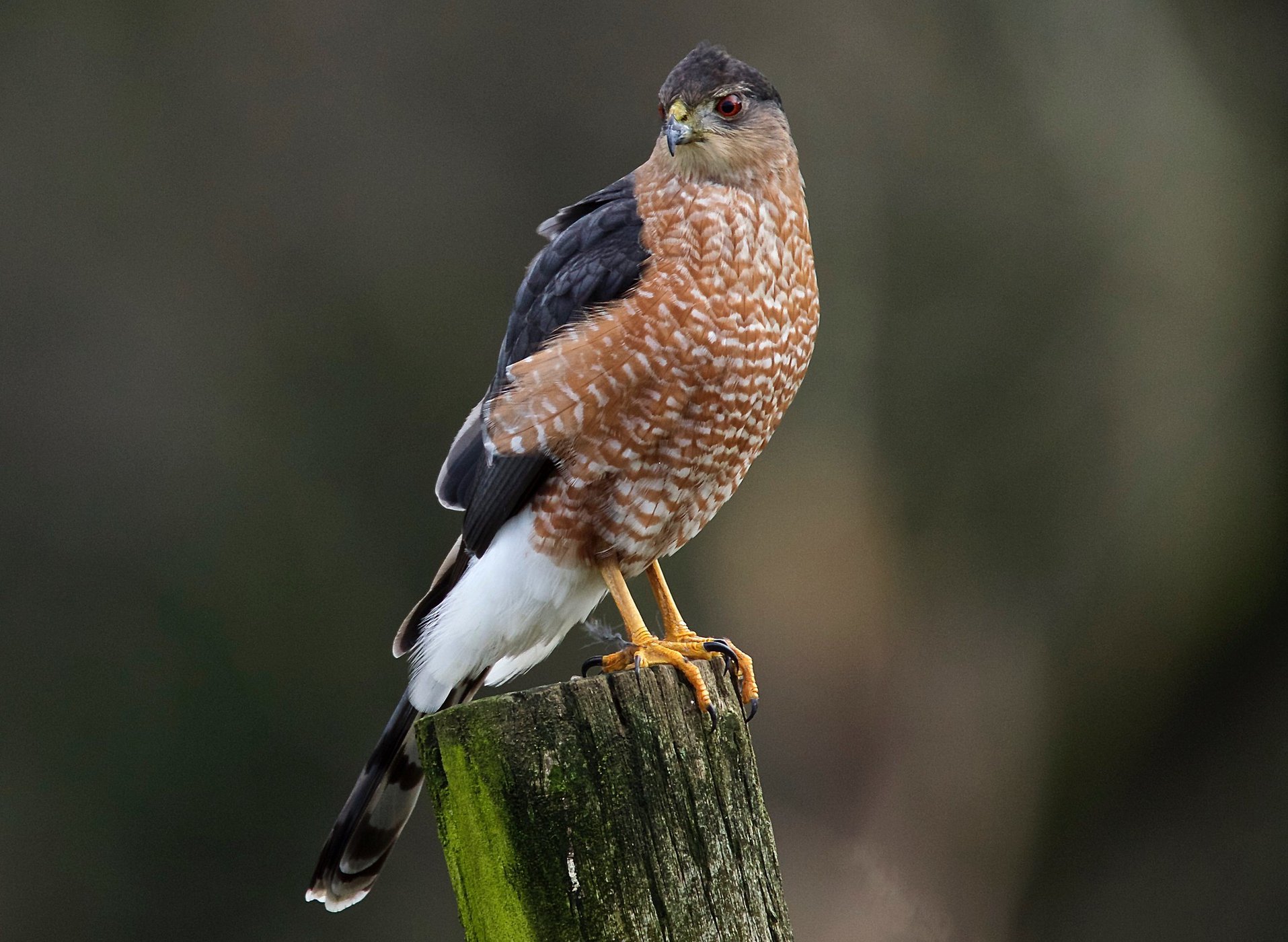 Sharp-shinned Hawk by Jerry McFarland
Sharp-shinned Hawk by Jerry McFarland
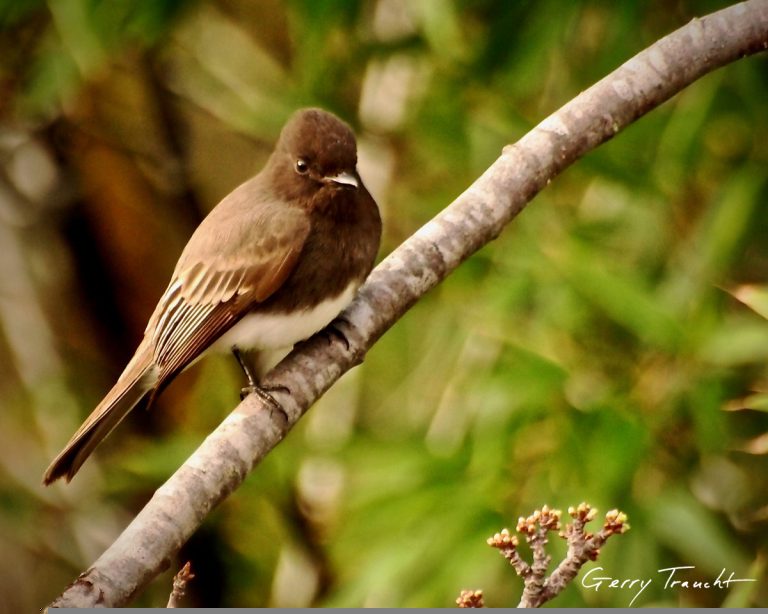
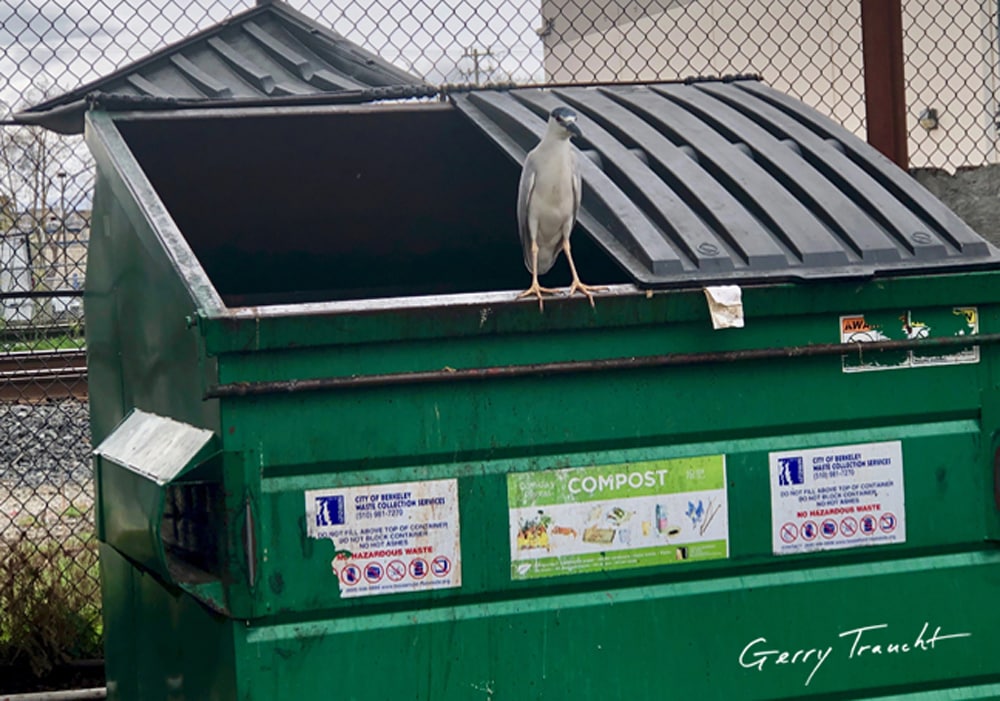 Black-crowned Night Heron.
Black-crowned Night Heron.
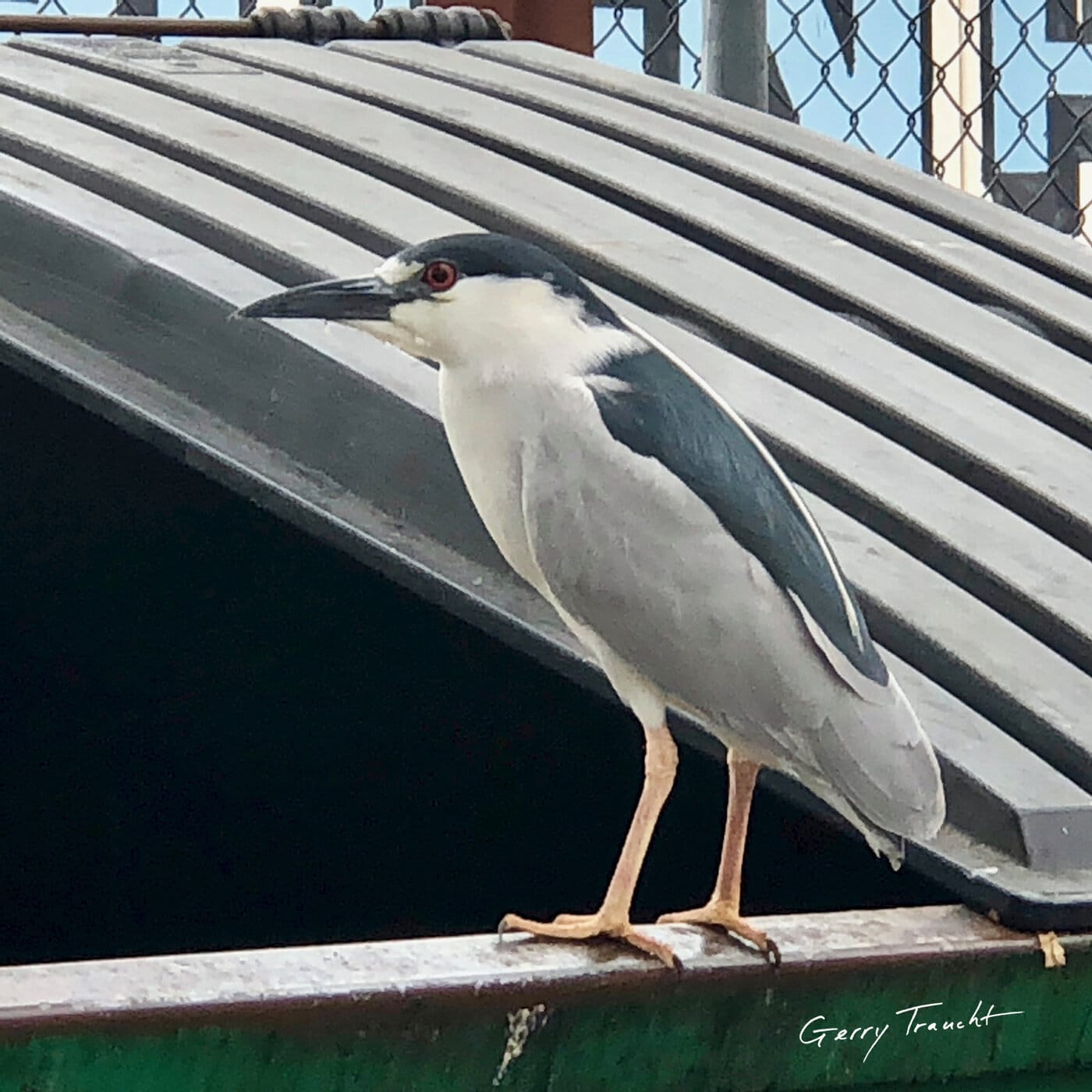 In a pose for the camera.
In a pose for the camera.
 Great Blue Heron, touching down.
Great Blue Heron, touching down.
 In observation.
In observation.
 A birthday greeting.
A birthday greeting.
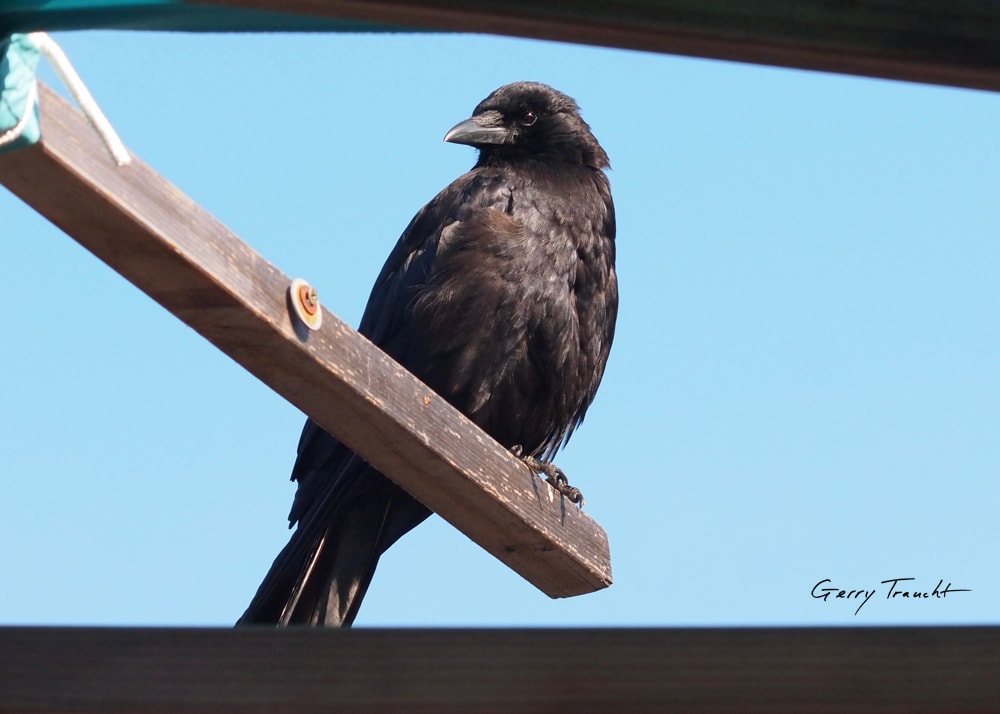 Perched.
Perched.
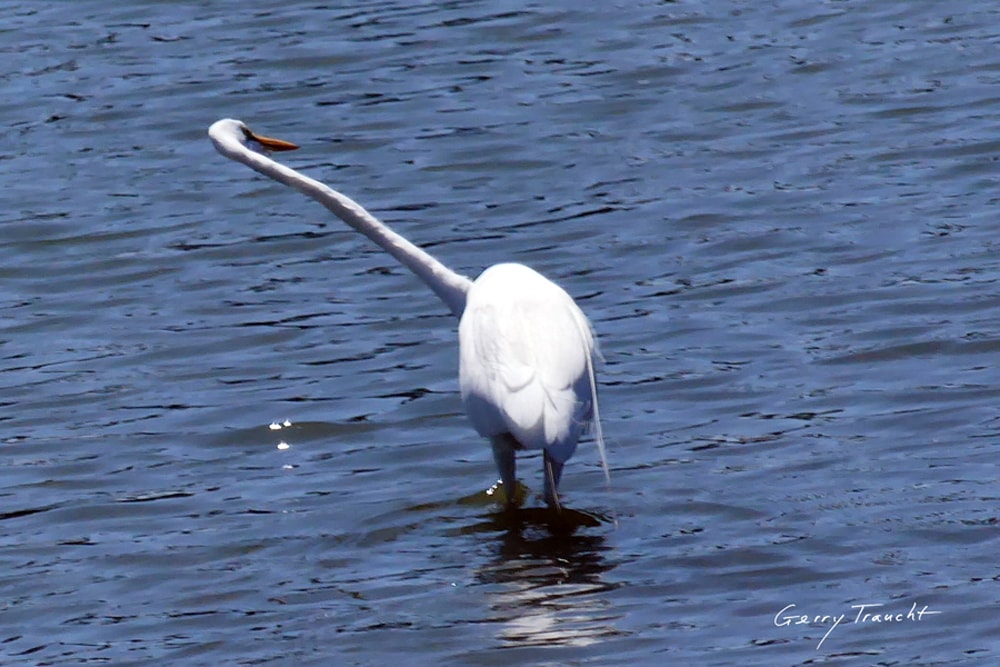 An unusual hunt.
An unusual hunt.
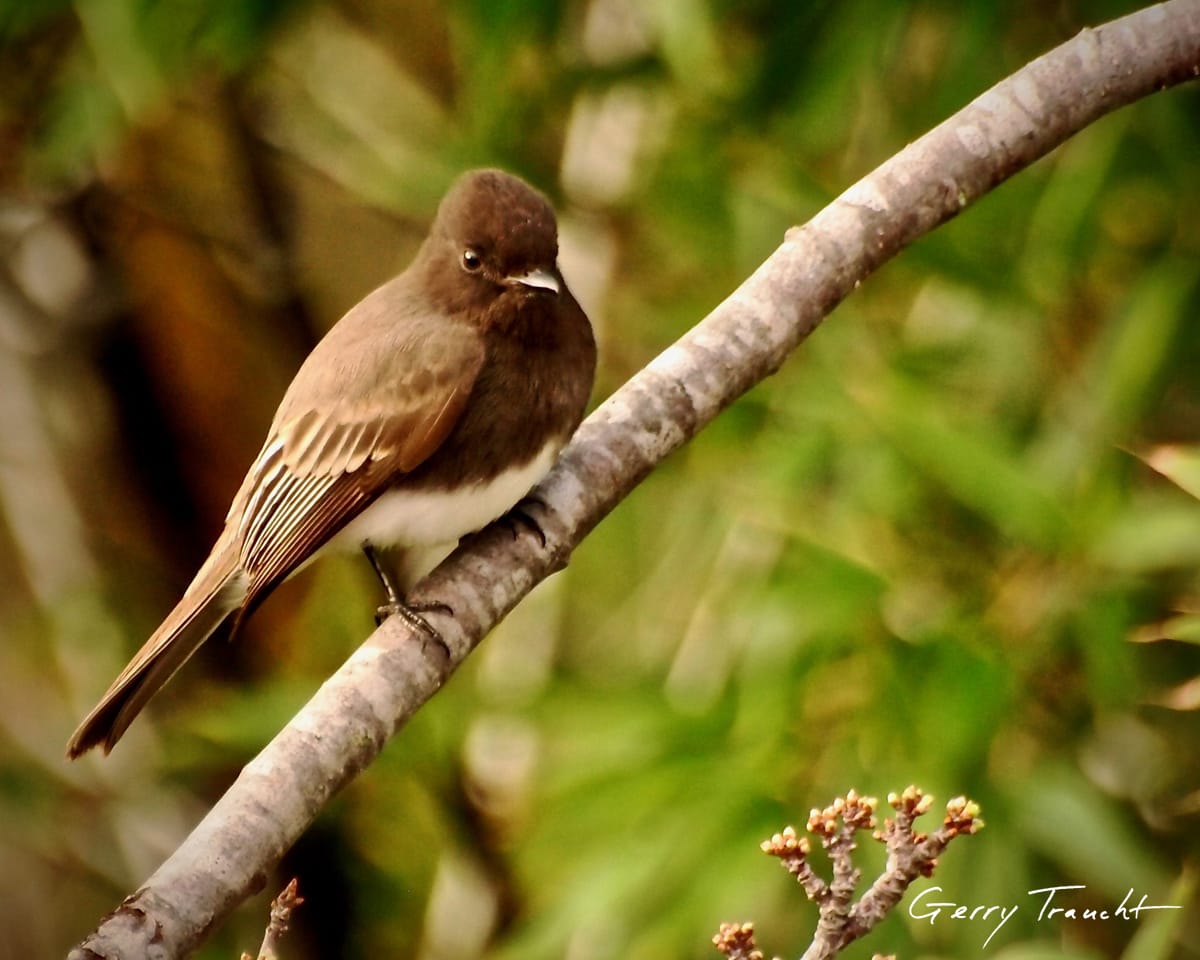 The Phoebe.
The Phoebe.